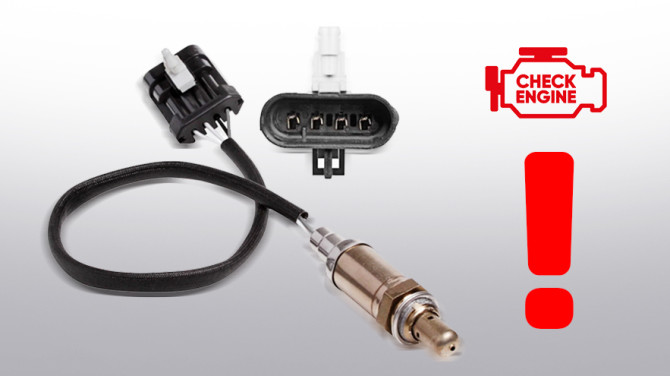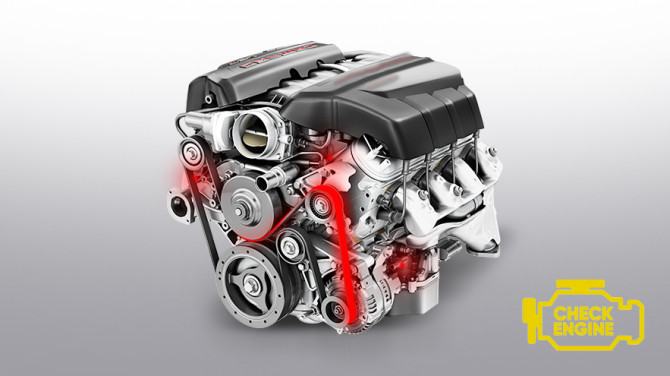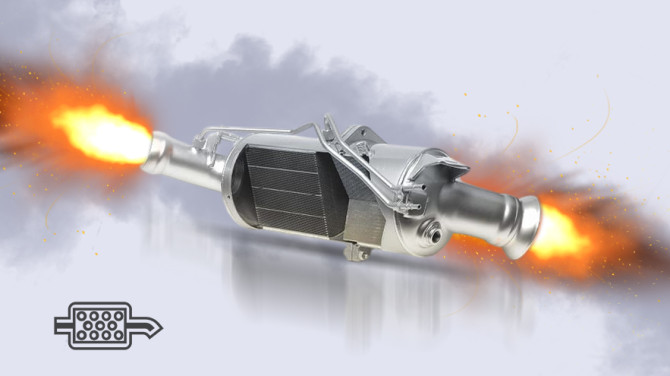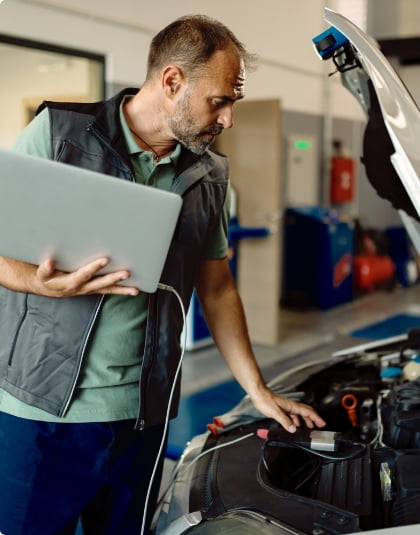How to Check the Capacity of an Electric Vehicle High-Voltage Battery: Four Methods
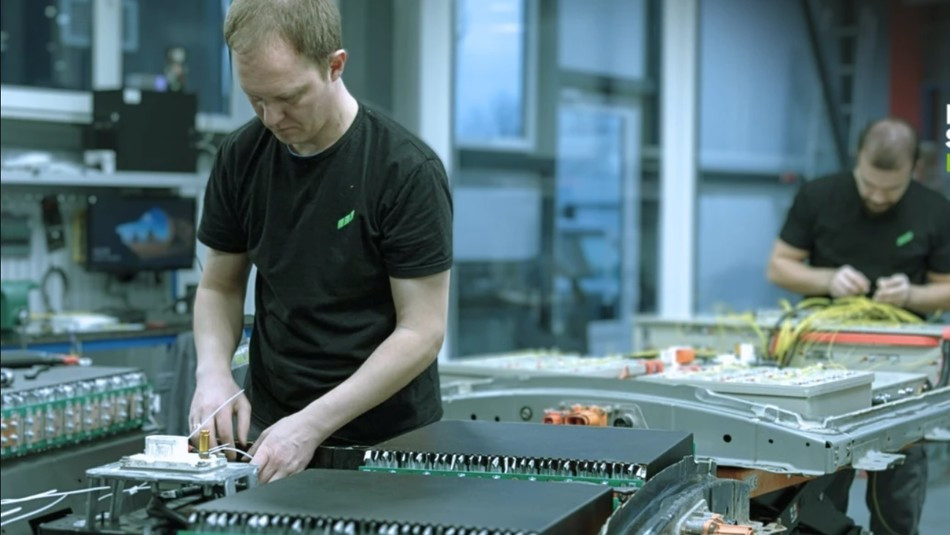
It's worth noting as an addition to the overview that modern electric vehicle models are equipped with their own programs for measuring the remaining battery capacity. These systems operate as accurately as possible. This article will be useful for electric vehicle owners without such diagnostics, especially when considering buying a used electric car or deciding on battery replacement. If you need to check the battery capacity accurately, whether before buying a used electric car or deciding on battery replacement, contact STS Electro.
Computer Diagnostics of the Electric Vehicle High-Voltage Battery at the Service Station
The easiest way to diagnose an electric vehicle is at a service station, but it requires a visit to a service center. There, specialists, using specialized diagnostic equipment, will check the remaining battery capacity, evaluating the State of Health (SOH) parameter. It's important to note that this method is not the most informative and complete, and the data can be manipulated.
Checking the Capacity of Each Battery Cell on a Specialized Stand
Measuring the capacity of each battery cell provides a deep and accurate analysis of the electric vehicle's power source. This analysis avoids errors due to the efficiency of the charging device or the car's thermal management. This evaluation can only be conducted at specialized service stations equipped with a dedicated stand, such as the MS800.
During this procedure, the electric vehicle battery is removed and connected to the diagnostic stand. Electronic technicians measure the capacity of each cell and multiply the total number of cells by the obtained value. The procedure takes one to two days, depending on the battery's construction.
Independent Battery Diagnostics with a Meter
If visiting a service center is not an option, you can measure the battery capacity independently at home using a charger, a household electricity meter, a notepad, and a pen:
- Discharge the battery to the "Turtle" state, where the battery forcefully limits the current output, and the car can move at speeds of no more than 30 km/h.
- Connect the charger through the electricity meter to determine how much kilowatts the battery will consume during charging.
- Record the meter readings before charging.
- Put the car on slow charge, up to 32 amps, and charge it.
- Record the meter readings after full charging.
- Calculate the difference, subtracting 10% (efficiency of the charging module PDM). This is the energy capacity your battery is ready to store.
Independent Battery Check Using the Speedometer (Not Accurate Measurement)
If it's not possible to measure how much electricity the electric car consumes during charging, an alternative method is to measure the capacity using the speedometer. This method is debatable and imprecise but is included here for completeness:
- Find the moment when the battery is fully charged.
- Record the current mileage on the speedometer.
- Operate the electric vehicle until the "Turtle" state.
- Measure the number of kilometers traveled from full charge to "Turtle."
- Divide the number of kilometers traveled by the Awerage value – the number of kilometers traveled per kilowatt. Obtain this value from the car's technical documentation.
- Get an approximate battery capacity.
Example: Tesla Model 3. Awerage – 4.8-4.9 km per kilowatt. Knowing that a new Tesla factory battery holds 75 kWh, divide the number of kilometers traveled by 4.9. This calculates the current capacity: 250 km / 4.9 = 51 kWh. However, there's a nuance to consider for experiment accuracy. The electric car battery discharges not only during driving but also during the operation of the climate system and Thermal Management, including cooling and heating the battery and the car's interior.
How to Check the Battery in a Hybrid Car?
To assess the capacity of a hybrid car's battery, a completely different procedure is used. Ordinary diagnostics, calculations with a household electricity meter or speedometer, won't work here. The only option is to take readings from each element separately. For this, the car's battery needs to be removed, connected to a stand, and the data for each cell recorded. In STS Electro, the MS800 stand is used for this purpose.
While this method is effective, it may not always be practical. It helps find faults in a problematic battery, but if the power source is in order, there's no need for stand diagnostics.
To understand if the battery is working or not, there are certain triggers to watch for:
- A functioning hybrid should move on electric power – this is normal.
- In EV mode, the hybrid should cover an average of 500 meters – this is normal.
- The situation where the hybrid battery completely discharges after 5-7 meters, and the car continues only on the internal combustion engine, is not normal.
- A signal on the instrument panel saying "Check Hybrid System" is not normal.
For comparison: in the Toyota/Lexus hybrid manual, it is stated that the battery is considered operational if the car in EV mode covers from 300 meters to 2 kilometers.

